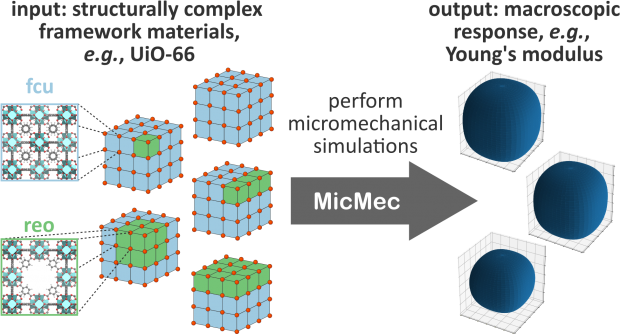Additivity of atomic strain fields as a tool to strain-engineering phase-stabilized CsPbI3 perovskites
Abstract
CsPbI3 is a promising perovskite material for photovoltaic applications in its photoactive perovskite or black phase. However, the material degrades to a photovoltaically inactive or yellow phase at room temperature. Various mitigation strategies are currently being developed to increase the lifetime of the black phase, many of which rely on inducing strains in the material that hinder the black-to-yellow phase transition. Physical insight into how these strategies exactly induce strain as well as knowledge of the spatial extent over which these strains impact the material is crucial to optimize these approaches but is still lacking. Herein, we combine machine learning potential-based molecular dynamics simulations with our in silico strain engineering approach to accurately quantify strained large-scale atomic structures on a nanosecond time scale. To this end, we first model the strain fields introduced by atomic substitutions as they form the most elementary strain sources. We demonstrate that the magnitude of the induced strain fields decays exponentially with the distance from the strain source, following a decay rate that is largely independent of the specific substitution. Second, we show that the total strain field induced by multiple strain sources can be predicted to an excellent approximation by summing the strain fields of each individual source. Finally, through a case study, we illustrate how this additive character allows us to explain how complex strain fields, induced by spatially extended strain sources, can be predicted by adequately combining the strain fields caused by local strain sources. Hence, the strain additivity proposed here can be adopted to further our insight into the complex strain behavior in perovskites and to design strain from the atomic level onward to enhance their sought-after phase stability.
 Open Access version available at UGent repository
Open Access version available at UGent repository
